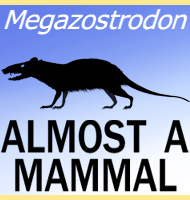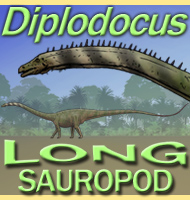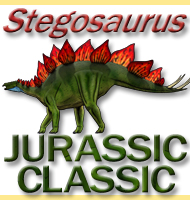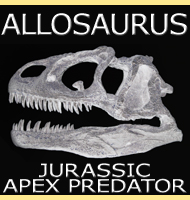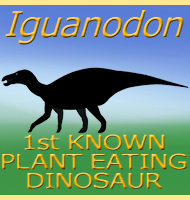

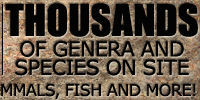
Castorocauda
Name:
Castorocauda
(beaver tail).
Phonetic: Cas-to-ro-caw-dah.
Named By: Q. Ji, Z.-X. Luo, C.-X. Yuan
& A. R. Tabrum - 2006.
Classification: Chordata, Synapsida,
Therapsida, Cynodontia, Mammaliaformes, Docodonta,
Docodontidae.
Species: C. lutrasimilis
(type).
Diet: Carnivore.
Size: At least 42.5 centiemetres long for the
holotype.
Known locations: China, Lianoning Province -
Tiaojishan Formation.
Time period: Callovian of the Jurassic.
Fossil representation: Almost complete individual.
For
lack of a better description, Castorocauda was
basically like an
otter or beaver that lived during the Jurassic. However, while
Castorocauda superficially looks like them, the
genus is in no way a
direct relation to them, Instead, Castorocauda
is what is known as
a docodont mammaliform, and a member of a group that has no surviving
descendents today. Nevertheless, the genus and type species name of
Castorocauda lutrasimilis does translate as
‘beaver tail similar to
otter’.
The
adaptations made by Castorocauda to a semi-aquatic
lifestyle are
interpreted as being a case of convergent evolution, the process
where two unrelated animals evolve the same adaptations to deal with
the same survival situation. Castorocauda would
have spent time
hunting within the water, perhaps looking for fish and/or crustaceans
while returning to land to rest and raise young. While on land
Castorocauda would have been more vulnerable to
predators especially
smaller theropod dinosaurs. Modern otters usually shelter in burrows
however, and this raises the question, if Castorocauda
developed
similar a body form to otters, then did Castorocauda
also develop
similar behaviour too?
Further reading
- A swimming mammaliaform from the middle Jurassic and
ecomorphological diversification of early mammals. - Science
311:1123-1127. - Q. Ji, Z.-X. Luo, C.-X. Yuan &
A. R. Tabrum - 2006.
----------------------------------------------------------------------------
Random favourites
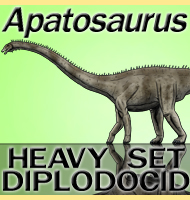 |
 |
 |
